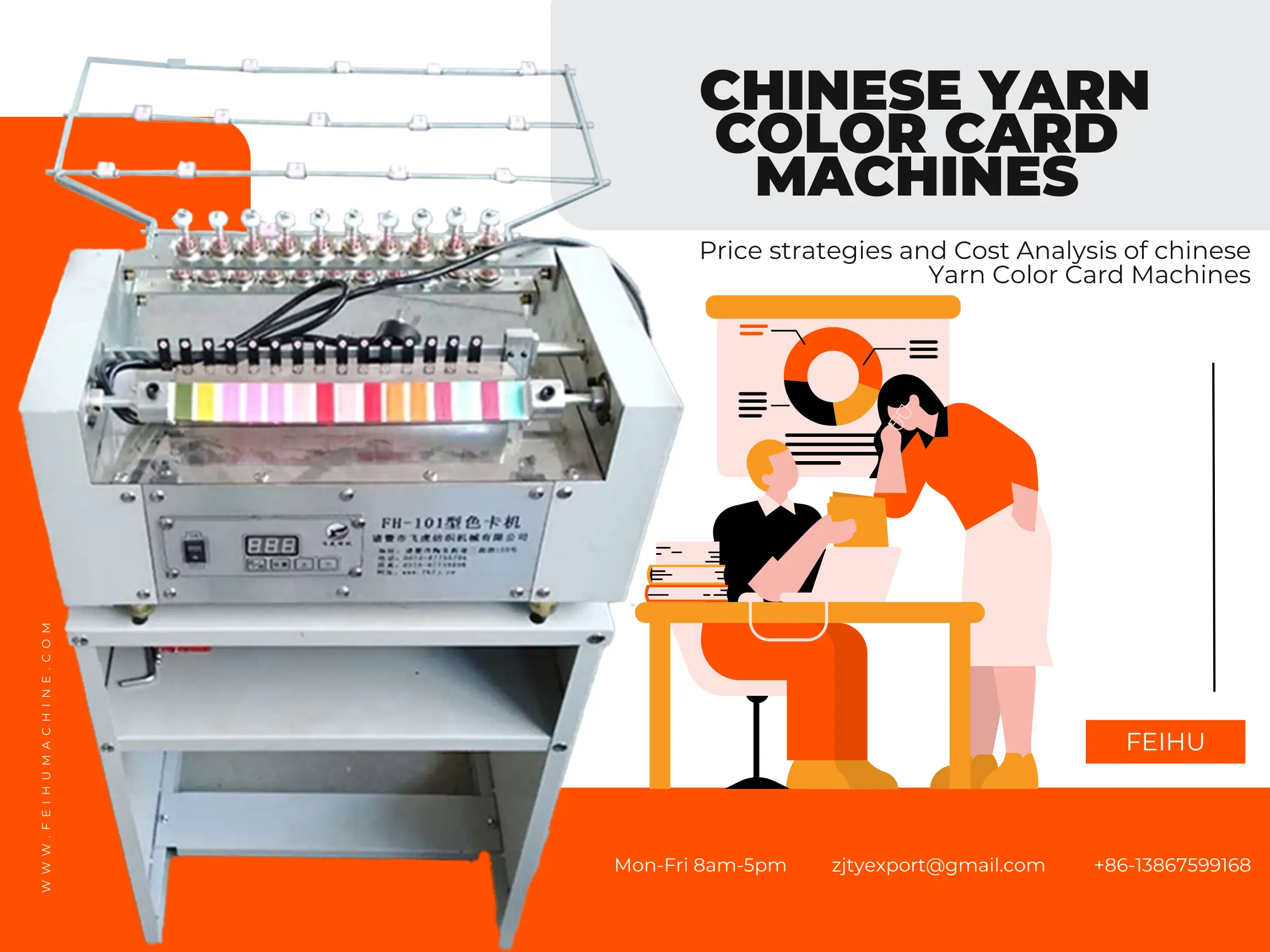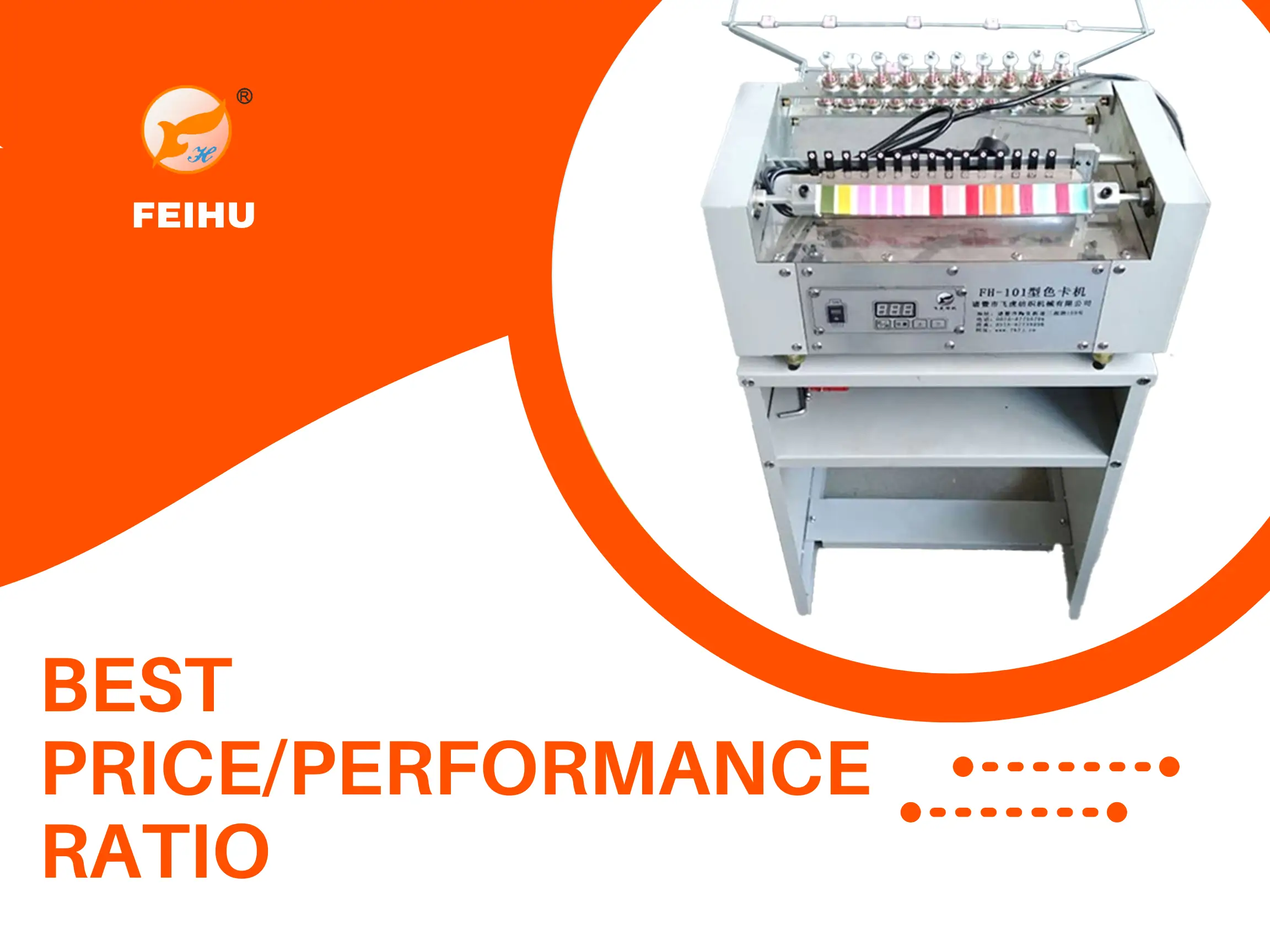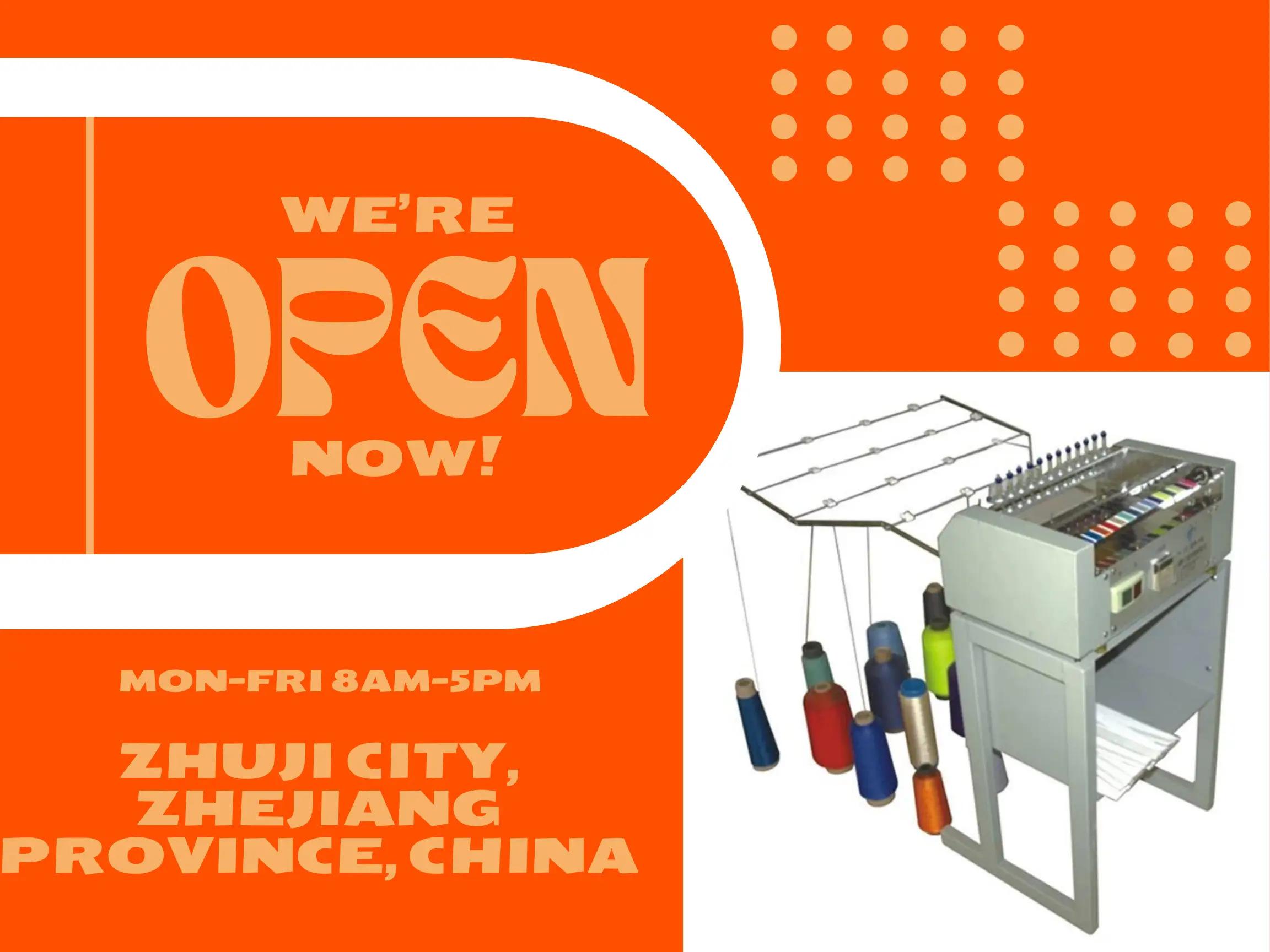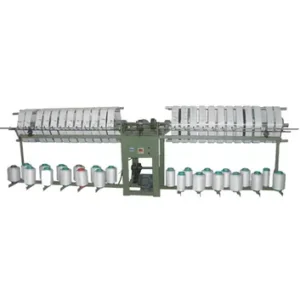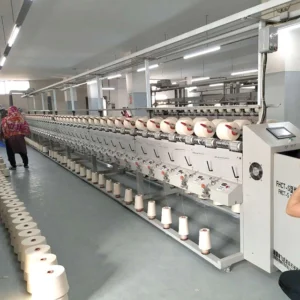A yarn color card machine for a textile house makes a huge difference in profits that therefore puts investment in such a machine at a strategic point in business.
The wide variety in the market, however, makes the selection of the appropriate machine at an appropriate price daunting.
The paper digs into the price strategies and cost analysis of Chinese yarn color card machines, thereby providing insight to businesses eyeing investment in the sector.
Product Recommend:
Transparent and Flexible Pricing Strategies
Considering the pricing strategies, the market for Yarn Color Card Machines can be navigated complexly.
The Chinese market, however, is characterized by transparent pricing strategies that give room for better decision-making by businesses.
Transparency
The prices from Chinese manufacturers are all-inclusive and detailed. They mostly give very comprehensive price lists, which spell out costs for different models, configurations, and functionalities.
This kind of transparency will allow any business to compare options from various suppliers and hence have an understanding of the price ranges for different types of machines.
Flexibility
Moreover, Chinese manufacturers espouse flexible pricing, with cost varying in accordance with specifications, configurations, and functionality of a machine.
This will therefore imply that businesses can make purchases tailored to their specific needs and budget.
For example, the simplest model with manual operation and limited color capabilities will certainly be more affordable than the one that is fully automated with advanced color matching technology and a comprehensive database.
This thereby gives businesses the latitude to acquire the kind of machine that best fits their explicit needs and budget capacity, whether small- or large-scale in relation to ateliers, or in relation to large textile corporations.
Overall and long-term value
The price alone must not become the deciding factor for selecting a Yarn Color Card Machine.
What may appear to be low on the price front may turn out to be so only on paper; therefore, you need to look at the package deal.
It shall, at some extent, be based also on considerations of the quality, performance, and after-sales service. A low-price machine may not give you needed features, durability, and/or support that eventually means more cost down the line.
One with a slightly higher price might give better performance, longevity, and support—thereby more return on investment.
Businesses should opt for machines made of durable materials, advanced technology, with a strong warranty, and reliable after-sales service. In this way, one can ensure the machine will be tailor-made in order to suit one’s needs, run reliably, and be a long-term investment.
Basically, what is being said here is that while price is important in the end, it does not become the primary consideration at the expense of quality, performance, and after-sales service.
Decision making within businesses can be done better, considering facts in an integrative way to assure a Yarn Color Card Machine worth the value paid and satisfaction for a long period of time.
Cost Analysis: A Comprehensive Perspective
Although the purchase price for a Yarn Color Card Machine is what often appears to be the largest investment, businesses should take a holistic approach to appreciate the overall cost structure.
Apart from the price tag, there are a number of other associated costs that must be included in the overall equation. These include the following:
Installation and Commissioning Costs
Setting up and configuring a Yarn Color Card Machine does not merely involve plugging the unit in and turning it on.
This requires specialized knowledge to ensure correct installation, calibration, and integration of the machine with existing workflows, much of which is by hiring technicians or engineers who can install, test, and fine-tune machinery performance.
This adds extra costs. The commissioning of the machine also attaches an additional cost to it by testing and fine-tuning its performance.
Maintenance and Repair Costs
A Yarn Color Card Machine, like any other sophisticated piece of machinery, needs proper maintenance from time to time in order to ensure its continuous and optimum performance.
This also includes routine cleaning, lubricating, and replacement of various worn-out parts of the machine. It involves calculating the cost of spare parts, service contracts, and repairs which could be incurred.
Even though very good maintenance will reduce the chances of repairs, still, at times, some unexpected breakdown can happen, that will not only waste the precious time of the business but also add extra cost to it.
Training Costs
In actual sense, a Yarn Color Card Machine requires trained manpower to operate. The machine functionality, procedures for operation, troubleshooting techniques—all these are very essential knowledge for the employee.
Therefore, the business has to allocate a budget for employee training programs, whether in-house or external workshops, or even online courses.
Proper training will ensure employees can operate the machinery efficiently without errors and can increase productivity.
The Offset: Increased Efficiency and Profitability
Though these extra expenses may now intuitively sound scary, they are balanced by the enormous advantages that Yarn Color Card Machines bring to the table.
These machines automate color management processes to enhance efficiency and lower production time. This leads to a number of cost savings and profitability improvements, such as lower labor costs because of the reduction in manual labor due to the automation of color matching.
Less Waste
Very few defective parts are produced due to accurate color matching; thus, this reduces waste and the associated cost of materials.
Faster Production
Automation of processes helps increase speed in production, hence increasing the quantity of goods produced within a short period.
Higher Quality
Color uniformity improves part quality, increasing customers’ satisfaction and reducing returns.
Yarn Color Card Machines significantly reduce overall production costs by making workflows more organized, error-free, and thus efficient.
This also directly impacts the bottom line and allows companies to have more room for profit margins, which are very important for further investment in growth and innovation.
The Cost Advantage of Chinese Supply Chains
The basis for the supremacy of China in manufacturing Yarn Color Card Machines can only be related to its powerful supply chain, which forms a huge cost advantage.
Therefore, companies can get a large share of manufacturers, suppliers, and skilled labor; this also results in efficient production and competitive pricing.
Chinese manufacturers also entertain this serious attitude toward innovation and cost optimization, which is attained through incessant research and development to better their machines and slash production costs.
This obsession with frugality reflects in the top quality of machines at a very competitive price and, therefore, makes them the most wanted pick of businesses to maximize return on investment.
Finding the Right Supplier for Optimal Value
The choice of supplier is critical in terms of attaining a Yarn Color Card Machine that makes up the right quality and value.
Suppliers should, therefore, be researched by companies for:
Product quality
Be sure the machine meets standards and is made up of robust material;
Technical capabilities
The technical capability of the supplier on color management technology, with an evaluation of experience in line with whether they are able to offer after-sales support.
Service level
Evaluate the supplier’s commitment to customer satisfaction regarding installation, training, and maintenance services.
Repute
Check the supplier’s past record and testimonial from customers for its reliability and trustworthiness.
Careful evaluation of the above factors will support companies in picking out suppliers offering good machines at a more reasonable price than others and ensure that the line of investment in a Yarn Color Card Machine is on the right line.

